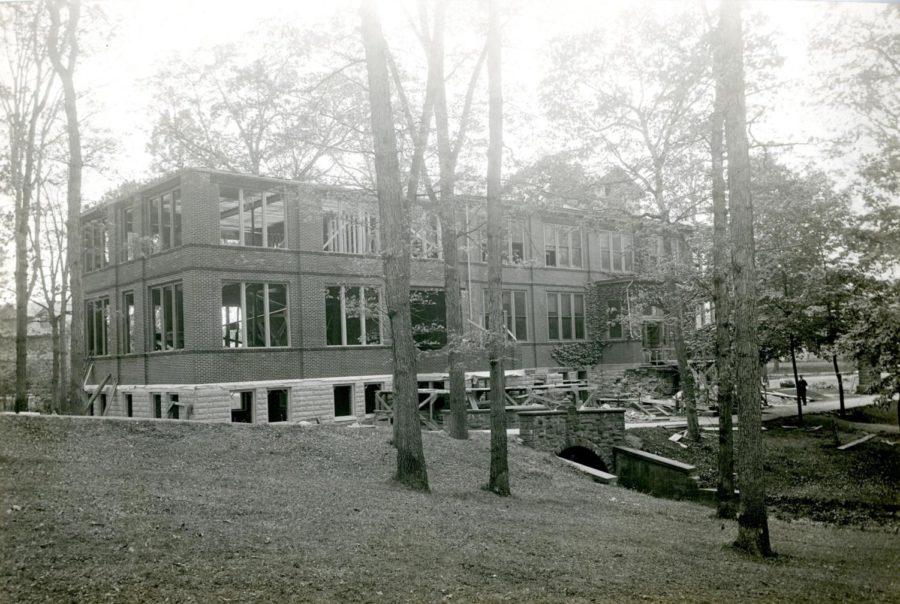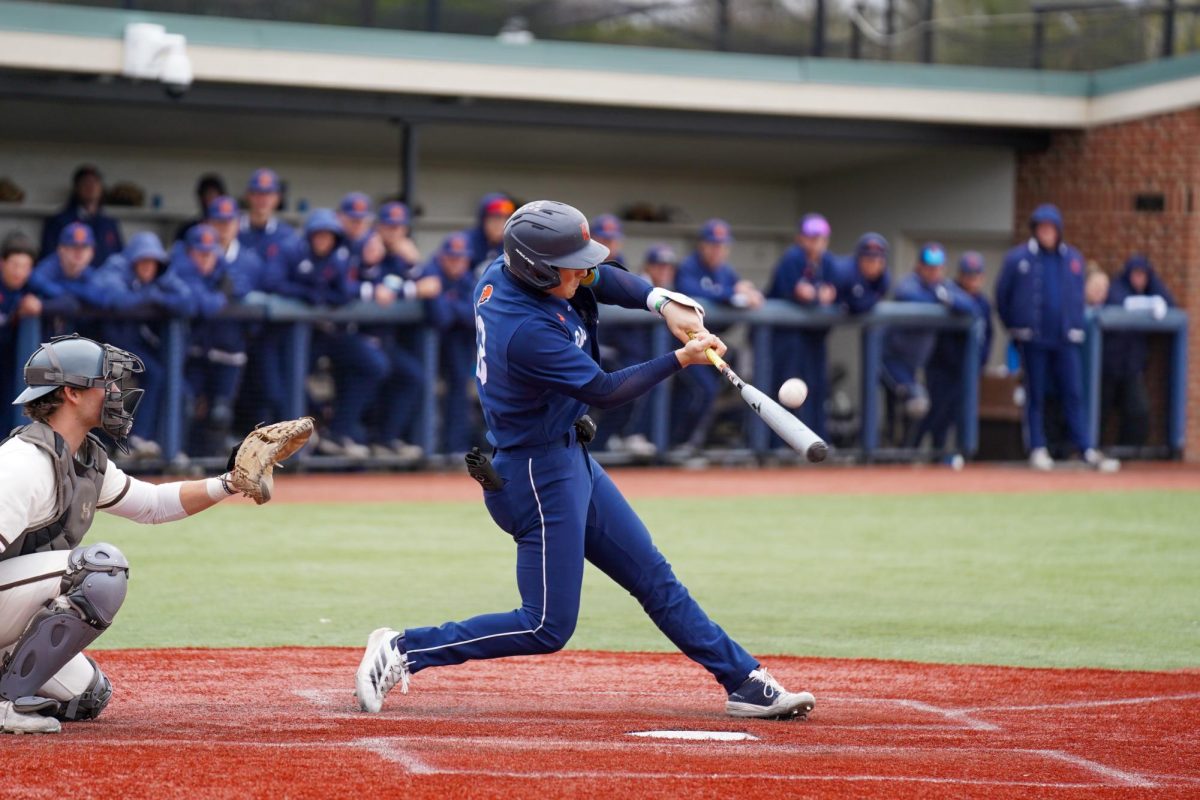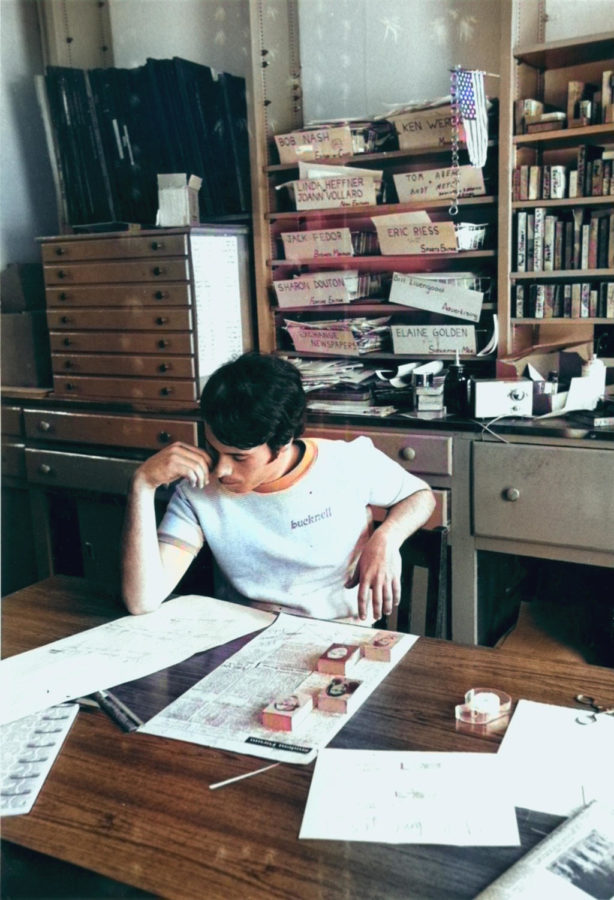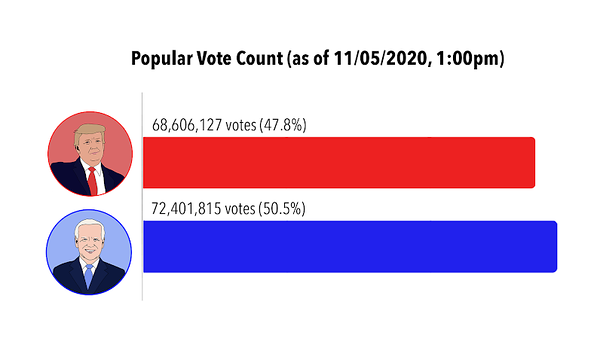For two weeks, the Campus Theatre screened the past two Oscar-winning documentaries as part of Bucknell’s Tuesday Film Series. Last week’s film, “No Other Land,” details the settler destruction of the West Bank and was reviewed in the subsequent edition of The Bucknellian; the other film, “20 Days in Mariupol,” documents the first days of the Russian invasion of Ukraine and is reviewed below. When the theater lights went out and the movie started, the audience was met with a dystopian landscape, both a reality of the war and a chilling prophecy. The Eastern Bloc architecture of Mariupol, ravaged by missiles and tanks, was succumbing to the ashy sky, while the last patches of snow on the ground were coming together with the landscape to warn us of a renewed fear of the nuclear winter. Produced by the Associated Press and PBS’s “Frontline,” “20 Days in Mariupol” tells the story of a team of journalists who filmed the invasion of Mariupol and attempted to send the footage to the West to garner support for the cause. When talking to one of my professors who attended the screening last Tuesday evening, she told me she remembered seeing those scenes of despair back in 2022 on television, when the journalists managed to get the footage out. Given the three years of merciless war and invasion that followed, moments like these contrast the film’s claims that “if the world saw what happened in Mariupol, it would give meaning to the horror.”
“20 Days in Mariupol” takes place over the course of 20 days during which the panic and fear of the civilians in the city escalate alongside military aggression. Director Mstyslav Chernov takes on the role of the main character, with his footage and voice driving the interviews, and provides narration added after the events. For those from the Eastern European region, the people are more than familiar: their clothes and their mannerisms, their reactions and their words are reminiscent of an entire history and culture that is being crumbled by bullets and shells. The camera films through bullet holes in windows, displaying the ruin of the city through a smaller microcosm of destruction. Such devices are used throughout the film, where one object or moment is representative of a pattern. When we are shown a shoe laying on the ground, which is a repeated motif, we are taught to know it means not only someone’s death but also the death of a dream and aspiration. The first time we see such an abandoned shoe, we are told the story of a rocket exploding next to a child playing soccer, blowing both of his legs off.
There are two montages of the spaces left behind after the war: streets, cats, bodies. Groups of children and civilians are juxtaposed with soldiers, and the missiles flying through the air are compared to birds flying to a safe zone— one inaccessible to those trapped in Mariupol. Another repeated shot is the hand with sand flowing through its fingers, a symbol of both the passage of time and the countless lives lost. The hospital is where the majority of the film takes place, a space for both refuge and grief. In one of the film’s most powerful scenes, a baby is born from a dying mother, leaving the baby’s life solely in the hands of the doctors who resuscitate the child to health. Besides such bittersweet moments, there are few scenes of beauty in Mariupol. The narrator claims that people in such conditions are at a crossroads where either their goodness comes out or their ugliness. We see them rush to the stores, ravaging through products to find the bare necessities, throwing blame everywhere for their disparity, with some losing all hope, but it’s hard to condemn their fear.
The footage filmed by the AP team escapes the city and reaches international audiences through television and news. We are shown again the scenes we saw prior, with little added commentary from the news anchors but with the grainy look of filmed television and lacking the clarity we had been used to seeing in the film. Russian propaganda is also shown as it is presented to the Russian people: it claims that suffering Ukrainian families are nothing but actors portraying victims, poor players who strut upon the silver screen in order to lie and influence the West. The blatant lies are contrasted next to the real events, acknowledging the importance of being honest—in such isolated conflicts especially—by presenting to us the filmed material, an act which the other news channels are congratulated for trying to portray.
These repetitions seem tautological, but the ramifications run deeper. The three sequences have an alternate effect: to tell those watching the film that the rest of the movie they witnessed is neither news nor propaganda but rather, plain truth. In an era when we must be most critical about our own representation, such implications in a documentary work must be addressed. From choosing who or what to film and how to edit, films and documentaries manipulate “the truth” into subjective perception. The action-movie music chosen to portray dying hands reaching for the sky during the hospital massacres transforms the suffering of the Ukrainians into a spectacle of pain, and the tribal-like drums warning us of the 20th day in Mariupol have the same showmanship factor. Such choices pair the pain not with anger or hope (in a more nuanced take on civilian resilience) but with apparent terrified excitement for the audience. The monotone voiceover, in its insistence on “neutrality,” ends up as a somber and tired presenter that borders on an uncaring deity, thus urging the spectator to instead take on the task of caring about and supporting the Ukrainian cause. In other words, this film, too, is propagandistic in its own way. This is not, however, a criticism.
In art, there is no “one size fits all,” and it’s important to understand that each film has a different purpose and a different means of expression. In this case, it’s a plea for help presented by journalists who realize the world is blind to what does not affect them. They are fighting Russia’s propaganda, not with the accuracy of a surgical operation but with the honesty of a person facing war. Not even documentaries trying to (re)present horrific subject matter can be “objective.” Even portrayals of war involve aesthetic decisions.



















